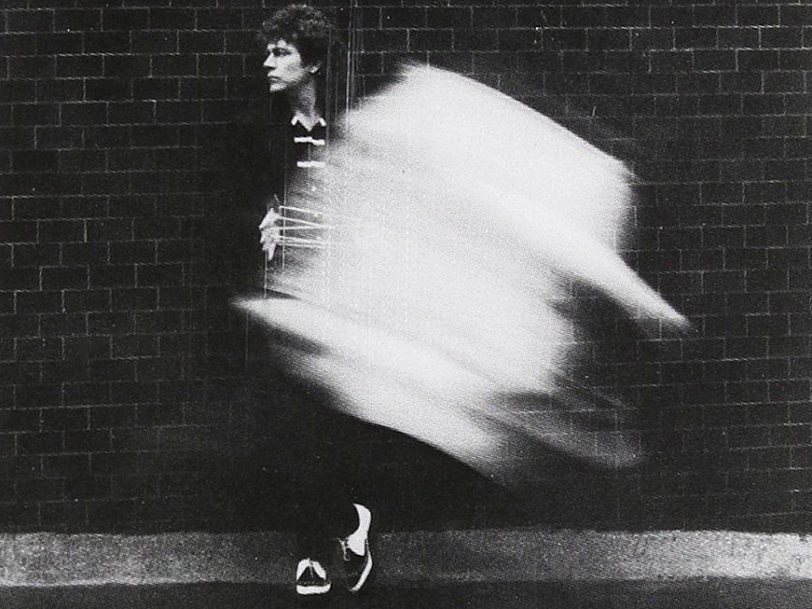To his eternal credit, Robert Plant refused to sit still after Led Zeppelin split in 1980. He could easily have spent the rest of his life basking in the afterglow of his former band’s glory days, but instead he started afresh, with the success of his solo debut album, Pictures At Eleven, instilling him with confidence as he began recording its follow-up, The Principle Of Moments.
Listen to ‘The Principle Of Moments’ here.
“There’s something around the corner you’ve never heard before”
Plant had framed Pictures At Eleven with help from a new team of sympathetic collaborators, including former Black Sabbath keyboard alumnus Jez Woodroffe and guitarist Robbie Blunt, whose CV also now also includes work with Julian Lennon and Tom Petty. Meeting Blunt proved liberating for Plant, not least because the guitarist hailed from the same area of the Midlands as the former Led Zeppelin frontman.
“I knew Robbie Blunt really well, from being around this area here in North Worcestershire,” Plant told Louder in 2020. “He’s a very lyrical guitarist, a beautiful player.” The singer also revealed how going solo had felt like, “You’ve got this thing inside you where you know there’s something around the corner that you’ve never heard before, but who’s going to pick the lock to get it out?” Blunt helped him do that.
“We were cutting backing tracks non-stop”
A higher-profile collaborator who helped on Pictures At Eleven returned to play an even more significant role in the creation of The Principle Of Moments. Phil Collins was experiencing mainstream success with Genesis, and his solo career was also taking off, but the drummer was eager to contribute, and his dextrous playing formed the bedrock of Plant’s sophomore set.
“Phil was such a huge fan of John [Bonham] that he sent me a message: “I’d really like to help you, because this must be one of the toughest things you’ve ever had to do, musically,” Plant recalled in 2020.
“So Phil came in and we just got on with it… We were cutting backing tracks non-stop. And if he didn’t like something, he’d stop halfway through, stand up and tell people why it wasn’t quite right. I loved that, because I was still tiptoeing around, not knowing how to deal with other musicians.”
“It was all so new”
As with his solo debut, Plant was determined to ensure The Principle Of Moments would sound nothing like Led Zeppelin. As he said at the time, he was “trying to break the mould of expectation” – and he succeeded. Released on 11 July 1983, The Principle Of Moments was still very much a rock record, but it was modern enough to move with the times, and it made a virtue of blurring genres.




